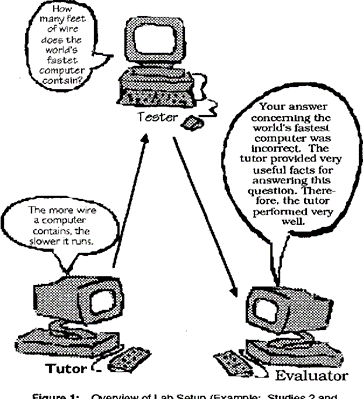


As a result, it could be even harder to build trust with blockchain because users need to trust the technology as well as their business partners and given the fact that it is a new unfamiliar technology, there’s a chance of it being more complicated.
A blockchain consists of several features that can induce trust — however not complete trust.
